Book your refrigerator repair today!
When you need a fridge repair service, call us and our professional specialists will solve the problem with your appliance. If you need urgent repairs – do not hesitate to reach us ASAP!
Book online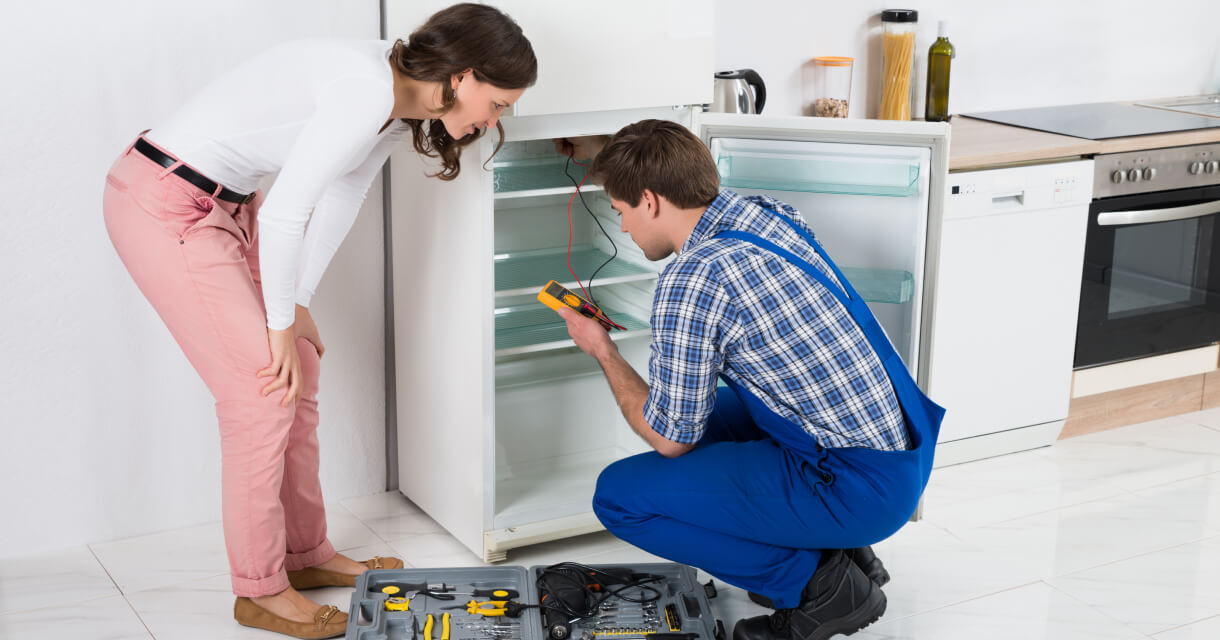
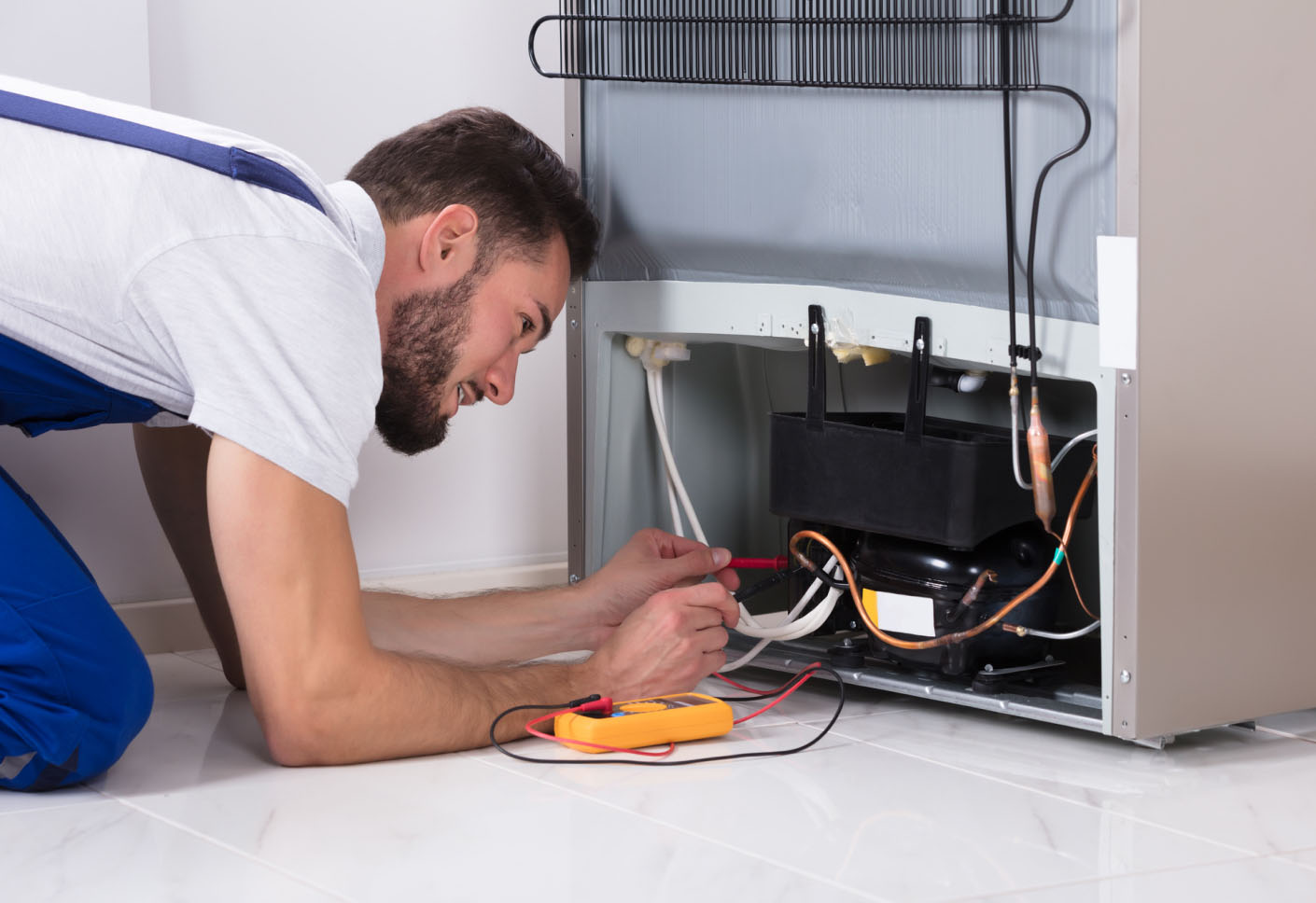
Let’s take a closer look at what a refrigerator compressor does before determining whether it is usual for it to be warm. Vapour compression is a heat-exchange technique that refrigerators use to chill their contents. The refrigerant is pumped back into the compressor after passing through the sealed network of pipelines inside the refrigerator and absorbing heat from the ambient air. The refrigerant is then compressed again by the compressor, which causes it to expand and discharge heat outside the appliance. This cycle repeats until the refrigerator reaches the appropriate temperature.
A functioning refrigerator compressor typically reaches temperatures between 35 and 50 degrees Celsius. This heat helps the compressor work efficiently and ensures that the temperature inside your fridge remains constant and consistent. As long as the compressor isn’t getting too hot, you have nothing to worry about — it’s just doing its job! However, if you notice that your refrigerator compressor is running extremely hot or making strange noises, then something may be wrong; call a professional.
Most of us rely on our refrigerators to keep our food cold and fresh, so it’s understandable why many people become alarmed when their fridge compressor gets hot. There are several potential causes of a hot compressor and understanding them can help you pinpoint the issue with your own appliance.
Poor air circulation is one of the main reasons why the compressor on your fridge is hot. When there isn’t enough airflow around the part, it won’t be able to cool itself down properly and will begin to overheat. This can be caused by a dirty condenser coil or by debris blocking the fan blades that are responsible for moving air around inside the fridge. Cleaning out these components should help get your refrigerator back on track.
Another potential cause is low refrigerant levels in your fridge’s system. Refrigerant helps cool down all parts of the fridge, including the compressor, by transferring heat away from them. If there isn’t enough refrigerant in the system, then it won’t be able to do its job efficiently, leading to overheating and other issues with cooling performance.
The only way to know for sure if this is an issue is by calling a professional technician who can check your levels and top them off if needed.
A faulty thermostat can lead to an overheating refrigerator compressor since it’s responsible for regulating temperatures inside the unit. If it’s malfunctioning then it won’t be able to keep temperatures at optimal levels, which could result in too much heat buildup around certain components like compressors or fans, causing them to overheat.
Replacing a faulty thermostat should help solve this issue, although you may need assistance from an experienced technician if you don’t feel comfortable doing it yourself.
Overloading your refrigerator with food or other items can also cause its components, including its compressor, to overheat due to lack of airflow and restricted space for proper cooling operations within its interior walls/ceiling spaces etc.
To prevent this from happening, limit what you put into your device and leave ample room between items so air can circulate freely throughout each shelf & drawer space when the door(s) are opened/closed regularly.
The most common cause of a hot fridge compressor is an insufficient voltage supply. When a refrigerator isn’t working optimally, it has to work harder in order to keep food cold. This means it needs more energy which produces more heat within the unit. Even if your refrigerator appears to be cooling correctly, an electrical issue can increase how often it runs and use up more electricity than necessary.
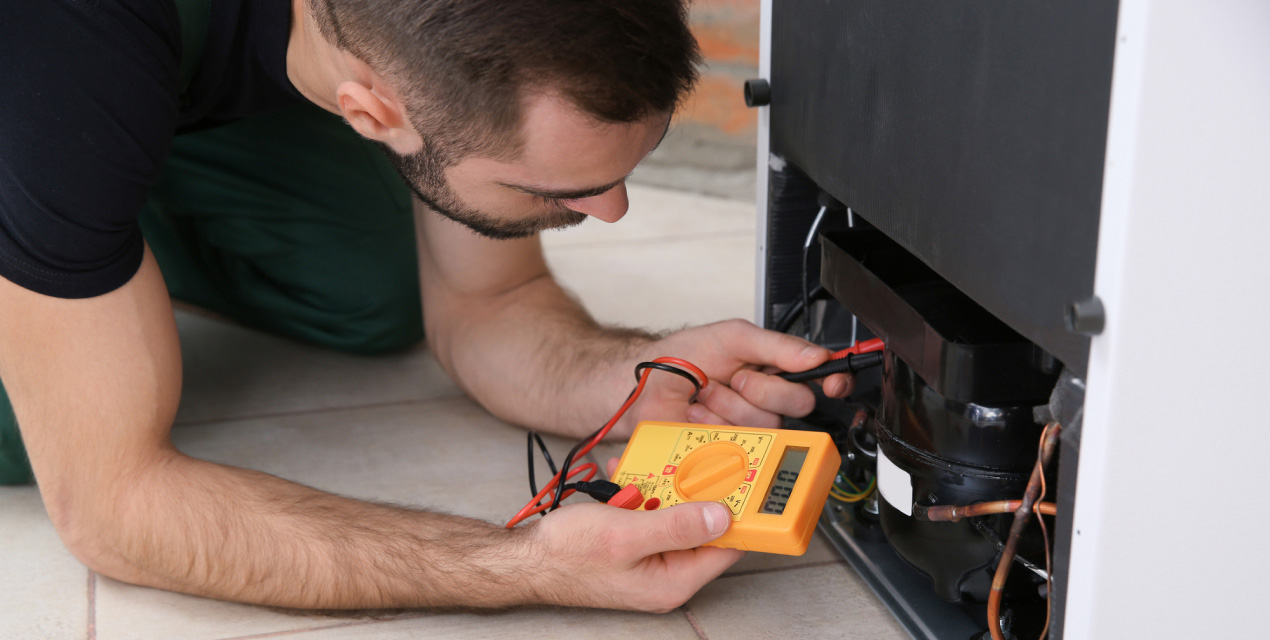
It’s not as difficult as it seems to diagnose and repair the heated compressor in your refrigerator. You ought to be able to resolve the problem by following these 4 procedures.
Look at the condenser coils on the back of the fridge. If they are dirty and covered in dust, clean them. Make sure you use a vacuum cleaner with a soft nozzle to avoid damaging the delicate parts of the fridge.
If your fridge has an external fan motor (most modern fridges do), make sure that it is working properly and that there are no obstructions blocking its airflow. You may also want to check its power cord for any signs of damage or fraying wires that may need to be replaced.
The best way to check for loose wires is by unplugging your refrigerator and taking off the back or side panel depending on where your compressor is located.
You should then inspect each wire connection and look for any that may have come disconnected from their terminals or outlets. If you find any, simply reconnect them as needed and make sure they’re properly tightened.
It’s also important to check that none of the connections has frayed or exposed copper wiring, as this could be dangerous if electricity passes through it.
The last thing you can try if all else fails is insulating the walls of your refrigerator with foam sheets or insulation panels from hardware stores. This can help reduce heat transfer between components within the unit and maintain cooler temperatures overall which will help prevent any further overheating issues going forward.
REFERENCES

When you need a fridge repair service, call us and our professional specialists will solve the problem with your appliance. If you need urgent repairs – do not hesitate to reach us ASAP!
Book online
Other Articles
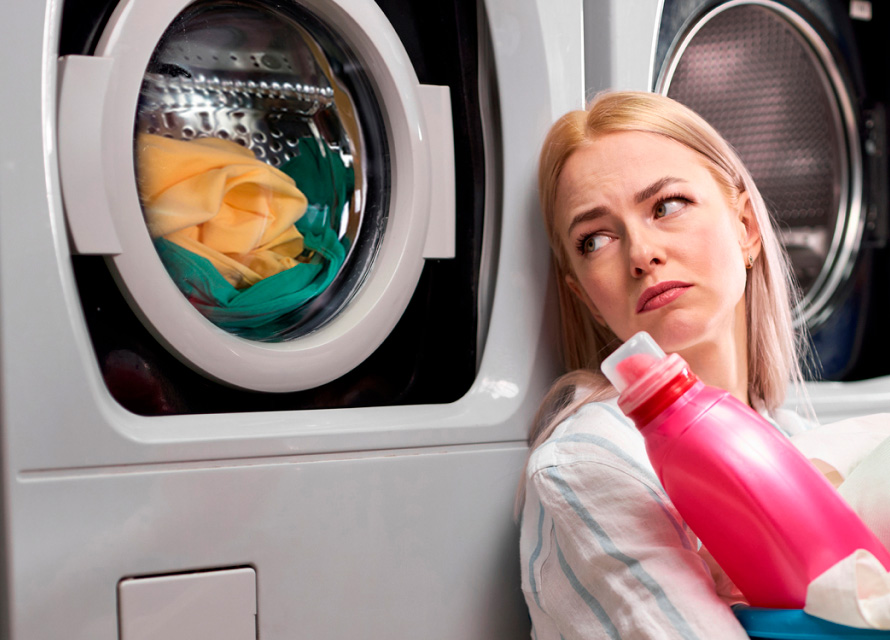
Fix a non-spinning Samsung washer by following these troubleshooting steps for a quick solution.
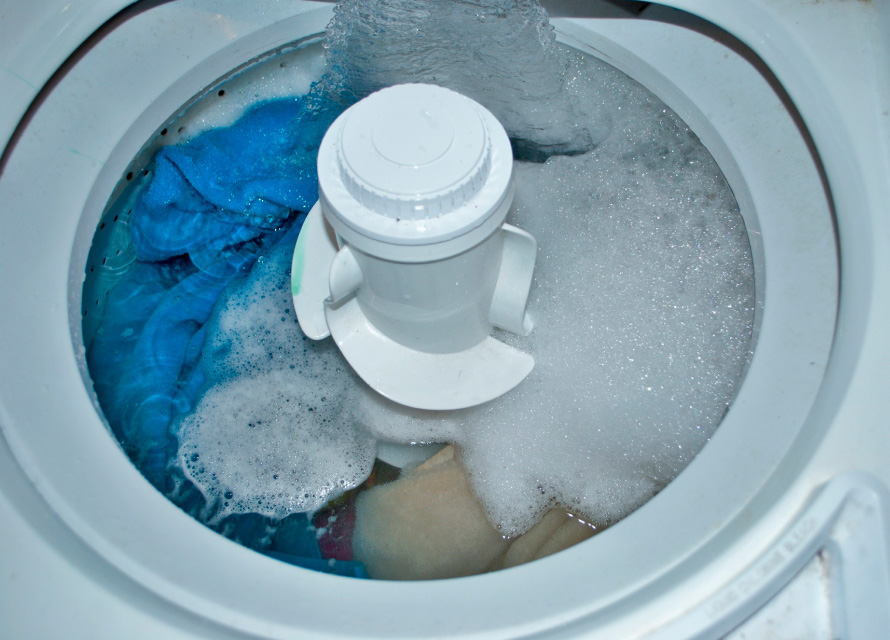
Learn how to fix your Samsung washer if it’s not draining properly with these helpful steps.

Fix a bottom leak in your Samsung washer with these easy-to-follow steps to prevent further damage.

Do you have complaints or suggestions?
Contact the CEO - we're always open for communication, ready to solve your problems, and accept proposals.